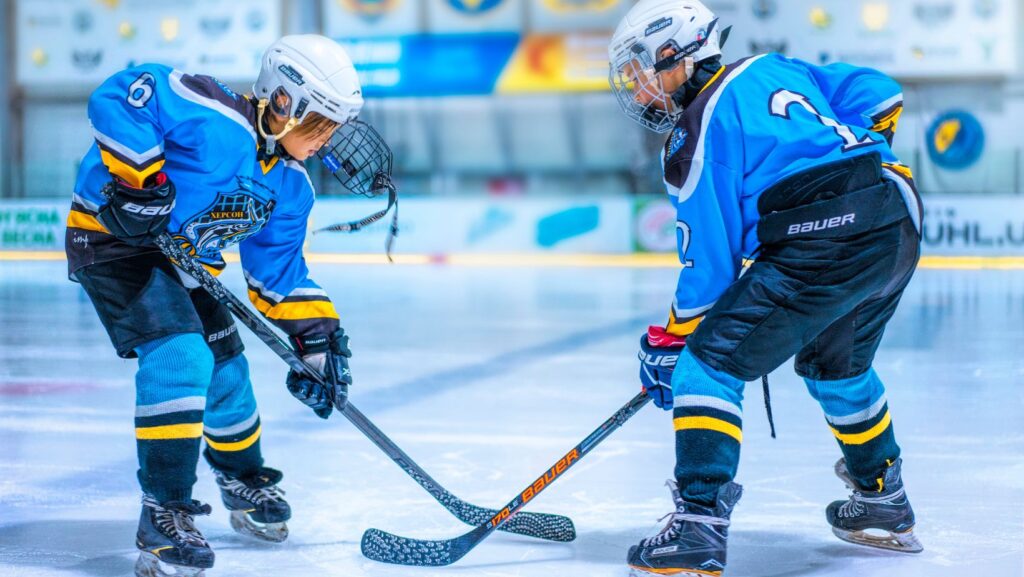Underwater hockey, often dubbed ‘octopush’, is a thrilling and fast-paced sport that combines elements of hockey, swimming, and strategy. Played on the floor of a swimming pool, this unique game has garnered a dedicated following worldwide.
Though lesser known than field and ice hockey, underwater hockey boasts an energetic and challenging gameplay that demands skill, agility, and teamwork. In this guide, we will explore the rules, essential equipment, and key strategies to help you master the sport.
The Basics of Underwater Hockey
Just like online casinos, underwater hockey has a more mainstream counterpart, field hockey, but it can be equally rewarding. For enthusiasts of both, finding the right platform is crucial—whether it’s choosing the best pool for training or selecting from the top casino sites for a premium gaming experience.
Both activities thrive on precision and strategy, where every decision matters. In the same way that top casino sites offer a range of games to test your skills, underwater hockey presents endless opportunities to hone your abilities in the water.
At its core, underwater hockey is a non-contact sport played between two teams, each consisting of six players. The objective is to use a small stick to push or flick a puck into the opposing team’s goal, located on the pool floor.
While it shares similarities with other hockey variants, the underwater element adds a whole new dimension to gameplay, making breath control and efficient swimming just as important as stickhandling skills.

A standard game is played in a swimming pool about 25 metres in length, 15 metres in width, and 2–3 metres in depth. The game is typically divided into two halves, each lasting between 10 and 15 minutes, with a short break in between. Teams alternate ends at halftime.
Rules of the Game
Despite the sport’s aquatic setting, the rules of underwater hockey are straightforward. Here are the key points:
- Starting play: Play begins with a face-off, or ‘strike’, where both teams start from their respective ends of the pool. At the sound of the whistle, players sprint toward the centre, where the puck is placed.
- Scoring: To score a goal, a player must push or flick the puck into the opposing team’s goal, a three-metre-wide metal trough located on the pool floor. Each goal is worth one point.
- Breath control: Players are not allowed to wear breathing apparatuses, so they must surface for air while maintaining their position on the pool floor. Efficient breath control and timed dives are essential to success.
- Substitutions: Teams can make unlimited substitutions, but these must occur within a designated area near the surface, known as the substitution box. Substituted players can re-enter the game at any time, provided they do so through this zone.
- Non-contact sport: Unlike ice hockey, underwater hockey is a non-contact sport. Any aggressive or dangerous behaviour can lead to penalties, which may result in a free puck being awarded to the opposing team.
- Penalties: Penalties include fouls like obstruction, barging, or stick infringements. Depending on the severity, penalties may lead to free puck situations, player suspensions, or even a penalty goal awarded to the opposing team.
Essential Equipment
While the list of required gear for underwater hockey may seem short, each piece serves a vital role in ensuring safety and improving performance:
- Stick: The sticks used in underwater hockey are small, measuring around 30 cm. Players hold the stick in one hand to push, flick, or defend the puck, often swapping hands depending on the angle or play.
- Puck: The puck is typically made of lead or a similar dense material to keep it on the pool floor. It weighs around 1.3 to 1.5 kilograms and is coated with plastic to avoid damaging the pool surface.
- Mask: A low-profile diving mask is essential to allow clear underwater vision while minimising drag. It should fit snugly to ensure it stays secure throughout the game.
- Snorkel: The snorkel helps players breathe while swimming on the surface. A short snorkel is preferable, as it allows quick diving and resurfacing.
- Fins: Fins provide players with increased propulsion, allowing for faster movement through the water. Sturdy, well-fitted fins are crucial for manoeuvrability.
- Gloves and Caps: Protective gloves are worn to prevent injuries from contact with the puck, stick, or pool surface. Players also wear coloured caps to distinguish between teams and to protect their heads from minor impacts.

Underwater hockey combines the intensity of field hockey with the unique challenge of playing beneath the water’s surface. Mastering the game requires skill, strategy, and teamwork, alongside a good understanding of its rules and the right equipment. Whether you’re a seasoned swimmer or a newcomer to the sport, diving into the world of underwater hockey offers an exciting and dynamic way to test your athletic abilities.


